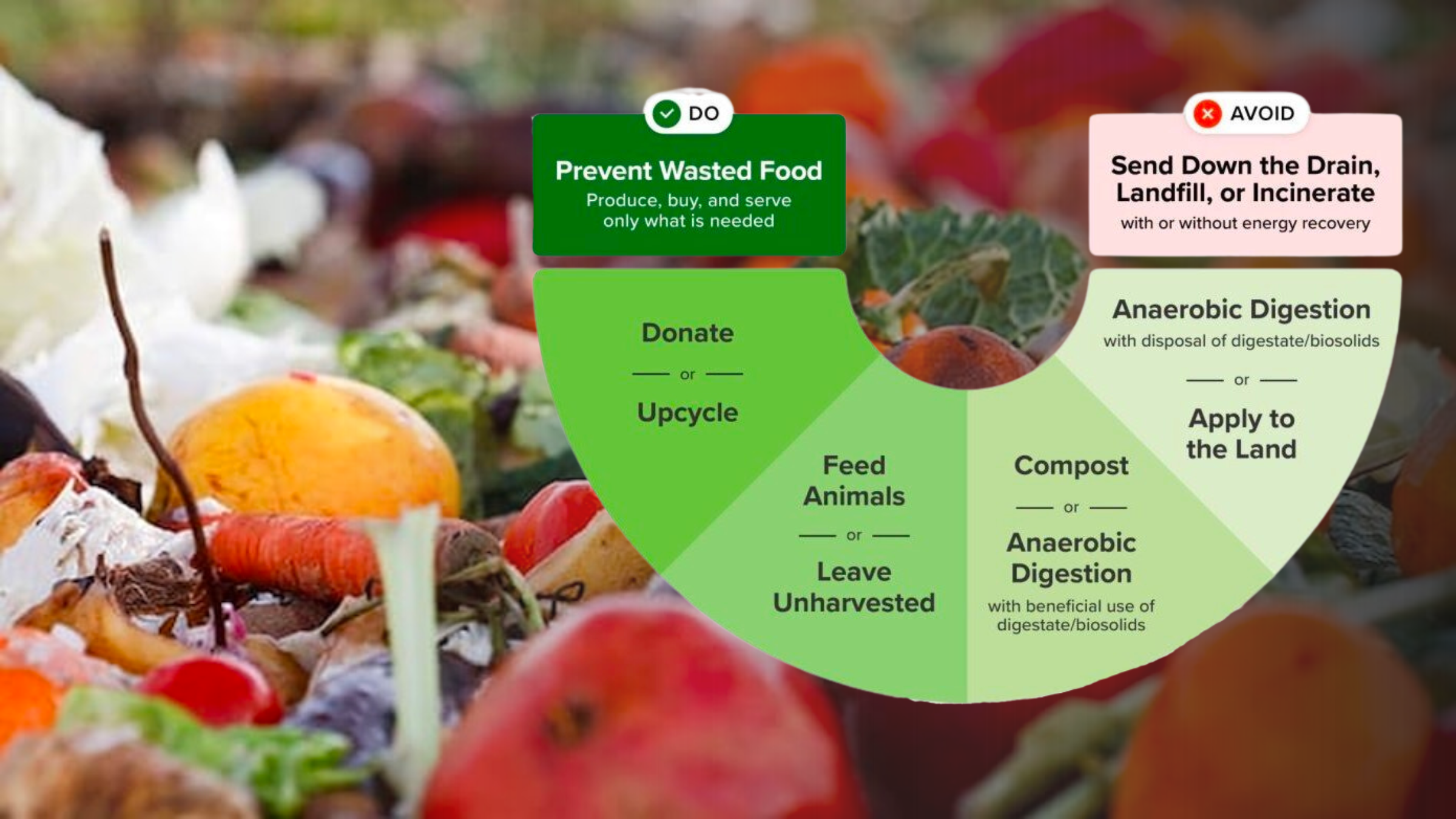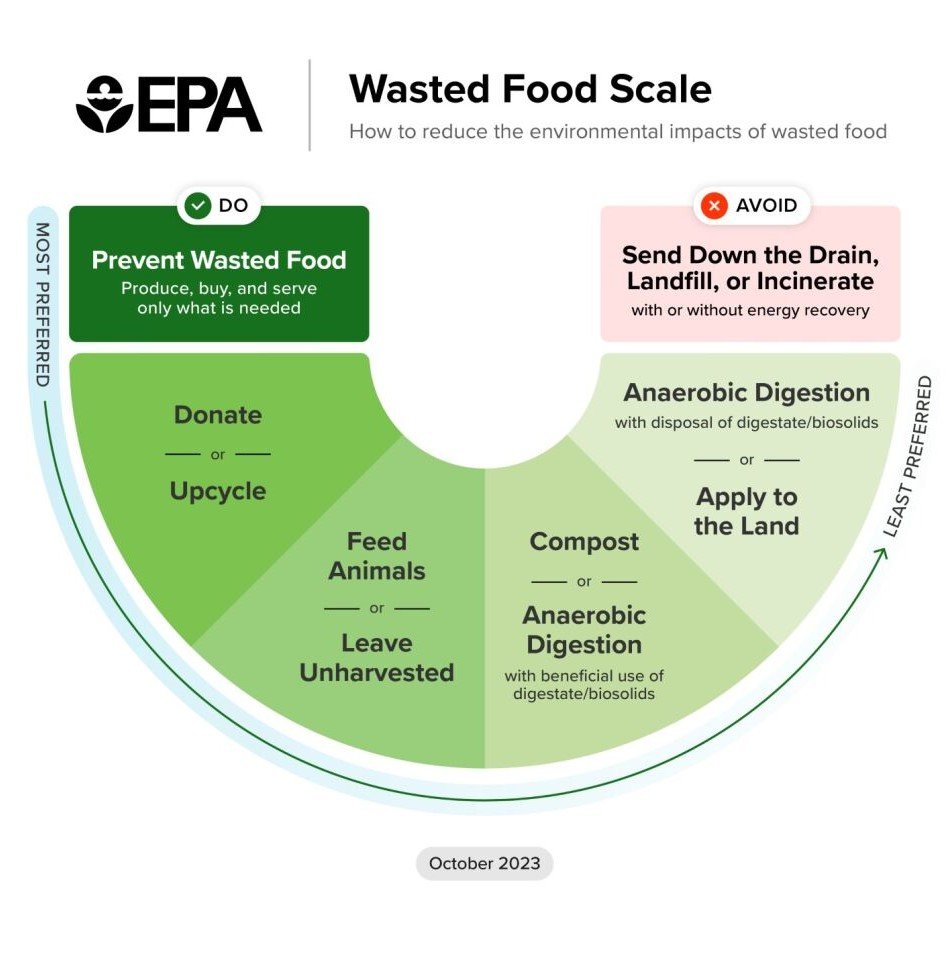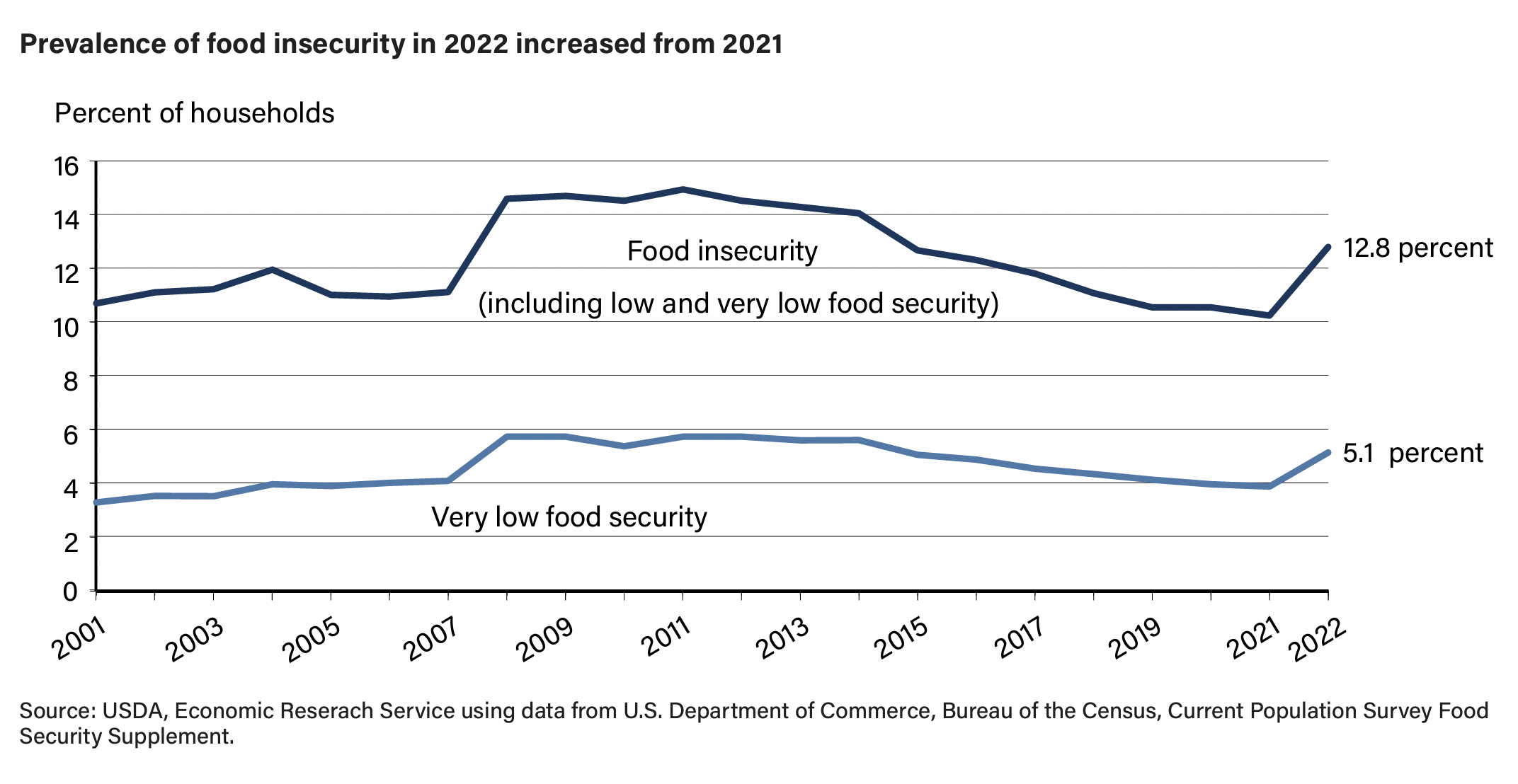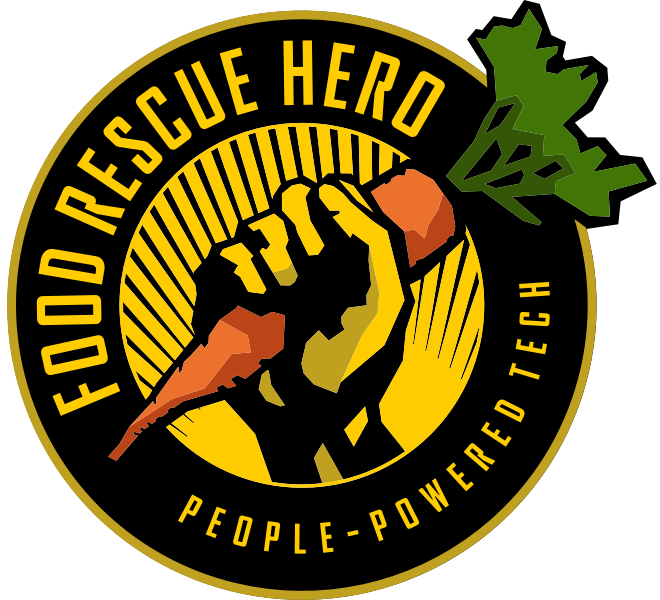Feed people, not landfills, that has been the call to action of Food Rescue Hero™ since day one. Two reports released at the end of October reaffirm both the validity and the timeliness of this mission.
In a recent report released by the EPA, a new ranking was unveiled – called the Wasted Food Scale – that replaces the Food Recovery Hierarchy originally developed in the 1990s.
“The Wasted Food Scale reflects the latest science as well as technological advances and changes in operational practices in the wasted food pathways since the Food Recovery Hierarchy was developed.” 1
The overhaul prioritizes preserving the fundamental purpose of food—to nourish people—while recognizing that the upstream environmental impact of food production is only accounted for at the most preferred level of solutions.
ReFED estimates that 93% of the climate impact of wasted food comes from upstream effects. Regardless of how surplus food is used, if it isn’t used to feed people, that 93% is still lost – or has to be repeated in order to grow and create food for people. This is a game changer. For the first time, the scale considers the environmental value of the end product of solutions. Feeding people either through recovery or upcycling is the only solution that preserves the full value of surplus food. This puts food recovery and upcycling squarely at the top as most beneficial and impactful solutions after reduction.
Also at the end of October, the USDA released its annual report on hunger, and the trend is not good. Food insecurity rose and is higher than we’ve seen since pre-pandemic. In 2022, 12.8% of households were food insecure. Significantly food security rates had been on the decline since 2014 when the the impacts of the 2008 recession began to come down. This sharp reversal is a major cause of concern.
While we don’t have the numbers for 2022, the fact that the Supplemental Nutrition Allotment Payments (or SNAP) Emergency Allotment payments ended in March of 2023 suggests the rate of food insecurity in 2023 will be even more grim once reports are compiled.
Along with the incidence of general food insecurity, the rate of severe food insecurity similarly rose. And while the rates of food insecurity have yet to reach those we saw during the recession beginning in 2008, the rate of high food insecurity has risen disproportionately and is rapidly approaching the 2008 levels.
Food rescue sits at the intersection of these two issues: wasting good food and food insecurity. Food Rescue Hero™ focuses on how to tackle both problems with one elegant solution – food recovery. As we continue to face growing impacts of climate change and hunger, the growth of food rescue sits squarely at the center.
Join the movement to combat wasted food and rising food insecurity:
- Start a food rescue in your community
- Join the Food Rescue Hero™ Network
Become a #FoodRescueHero and play a crucial role in redirecting surplus food from landfills to those in need. We can help decrease both alarming trends of environmental impact and food insecurity, making a greater impact on our communities together.








